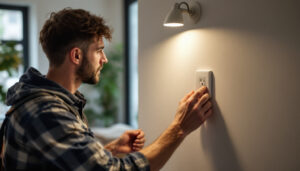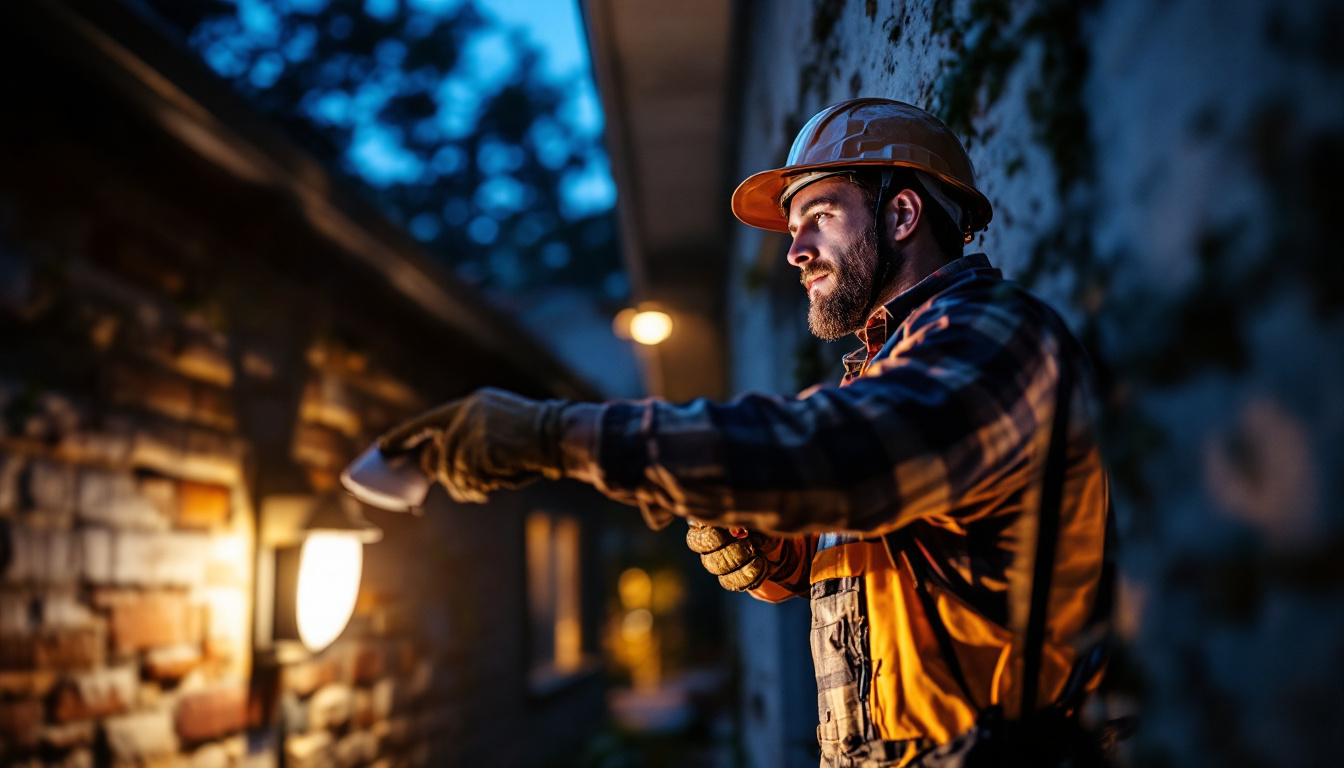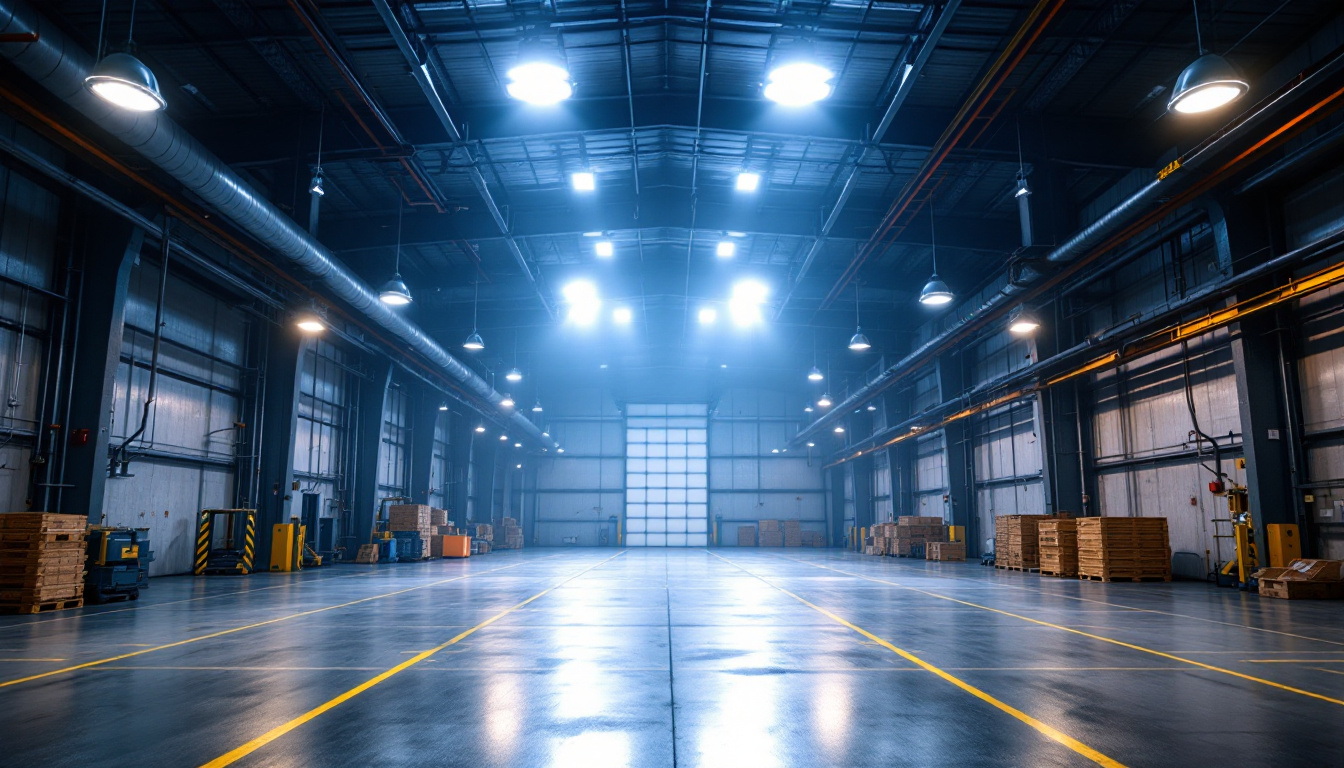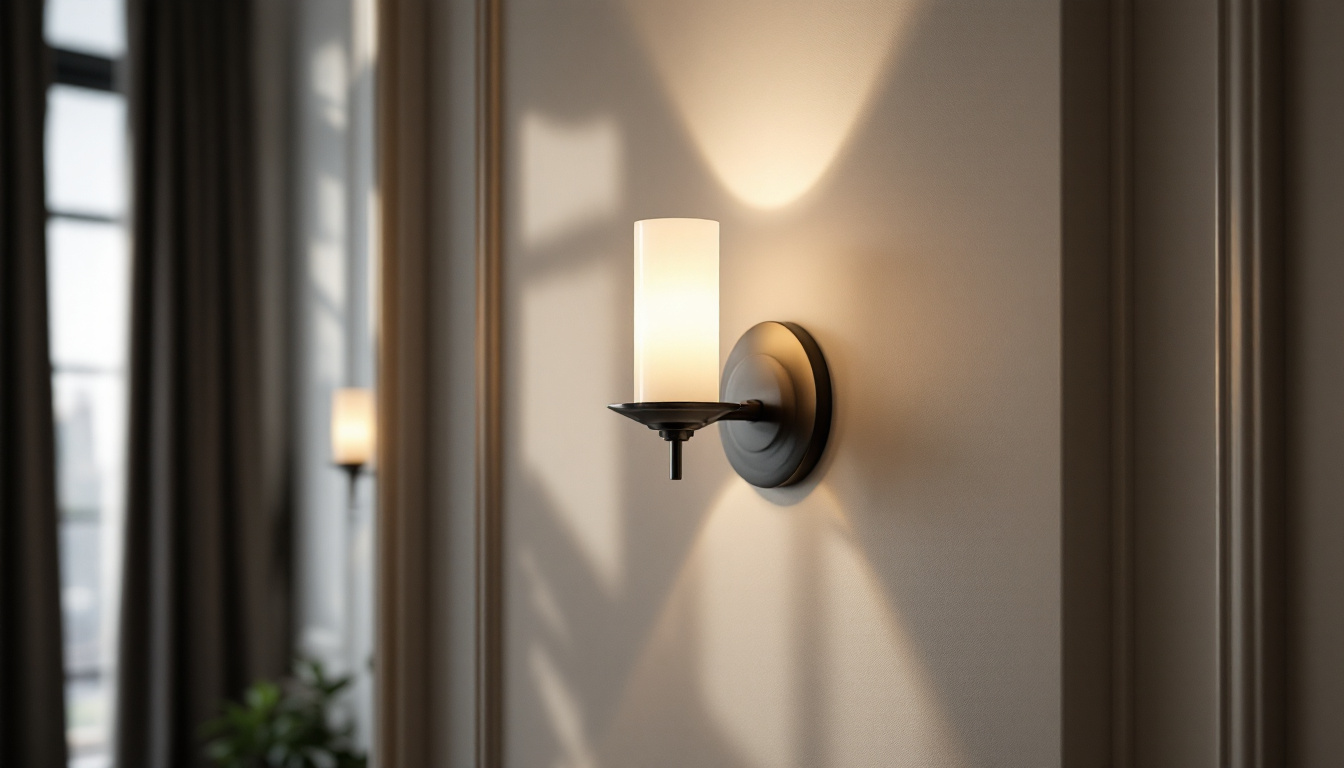

As the demand for energy-efficient and environmentally friendly lighting solutions continues to rise, LED outdoor motion lights have become increasingly popular among homeowners and businesses alike. For lighting contractors, this trend presents both opportunities and challenges. Understanding these challenges is crucial for successfully navigating the complexities of installation, maintenance, and customer satisfaction in the LED lighting market.
Before delving into the challenges faced by lighting contractors, it is essential to grasp the fundamentals of LED technology. Light Emitting Diodes (LEDs) are semiconductor devices that emit light when an electric current passes through them. They are known for their energy efficiency, long lifespan, and low heat emission compared to traditional incandescent and fluorescent lights. The technology behind LEDs has advanced significantly over the years, leading to improvements in brightness, color rendering, and overall performance. As a result, LEDs have become the go-to choice for a wide range of applications, from residential lighting to large-scale commercial projects.
LED outdoor motion lights offer numerous advantages, making them an attractive option for both contractors and clients. Their energy efficiency translates to lower electricity bills, while their longevity reduces the frequency of replacements. Additionally, the instant-on feature of LEDs eliminates the warm-up time associated with other types of lighting, providing immediate illumination when motion is detected. This feature is particularly beneficial in outdoor settings, where safety and security are paramount.
Moreover, LED lights are available in various color temperatures, allowing contractors to customize the ambiance of outdoor spaces. This versatility enables homeowners to enhance security while also creating an inviting atmosphere. Whether it’s a warm, soft glow for a backyard gathering or a bright, cool light for illuminating pathways, the adaptability of LED technology ensures that every outdoor space can be tailored to meet specific needs. Furthermore, many modern LED outdoor motion lights come equipped with smart technology, allowing users to control lighting remotely via smartphones or home automation systems, adding another layer of convenience and customization.
Despite the advantages, the installation of LED outdoor motion lights is not without its challenges. One of the primary hurdles is ensuring proper placement and alignment to maximize the effectiveness of the motion sensors. Incorrect positioning can lead to false triggers or missed detections, ultimately frustrating clients. This necessitates a thorough understanding of the area being illuminated, including potential obstructions and the typical movement patterns of people or animals in the vicinity.
Additionally, contractors must consider the electrical requirements of LED fixtures. While LEDs generally consume less power, they may require specific voltage levels or driver compatibility. Ensuring that existing wiring meets these requirements can be a significant challenge, especially in older homes or commercial buildings. Moreover, the installation process may involve additional steps such as upgrading circuit breakers or installing compatible dimmers, which can complicate the project timeline. As contractors navigate these challenges, they must also stay informed about local building codes and regulations, which can vary widely and impact installation practices. This careful attention to detail is crucial for delivering a successful and compliant lighting solution that meets the expectations of clients while ensuring safety and reliability.
Another challenge lighting contractors face is managing client expectations. Many homeowners may have misconceptions about LED technology, particularly regarding brightness, color quality, and performance in various weather conditions. Educating clients about the capabilities and limitations of LED outdoor motion lights is crucial for fostering trust and satisfaction.
Contractors must effectively communicate the benefits of LED outdoor motion lights to clients. This includes discussing energy savings, longevity, and the environmental impact of choosing LED over traditional lighting options. Providing clear comparisons and data can help clients understand the value of their investment.
In addition, contractors should address concerns regarding the initial cost of LED fixtures. While the upfront investment may be higher than traditional options, the long-term savings and reduced maintenance costs often outweigh this initial expense. Highlighting these points can help clients make informed decisions.
Common misconceptions about LED lighting can lead to unrealistic expectations. For instance, some clients may believe that all LED lights produce a harsh, cold light. In reality, there are numerous options available that offer warm, inviting tones. Educating clients about the variety of color temperatures and brightness levels can help them choose the right products for their needs.
Another misconception is that LED lights are not suitable for outdoor use. In fact, many LED outdoor motion lights are specifically designed to withstand harsh weather conditions, including rain, snow, and extreme temperatures. Providing clients with information about the durability and weather resistance of these fixtures can alleviate their concerns.
Motion detection technology is a critical component of outdoor motion lights, yet it presents several technical challenges for contractors. Understanding how different sensors work and their limitations is essential for successful installation and operation.
There are primarily three types of motion sensors used in outdoor lighting: passive infrared (PIR), microwave, and dual technology sensors. Each type has its advantages and disadvantages, and contractors must choose the appropriate sensor based on the specific application and environment.
PIR sensors detect changes in infrared radiation, making them effective for detecting human movement. However, they can be less reliable in areas with frequent animal activity or temperature fluctuations. Microwave sensors, on the other hand, emit microwave signals and can detect movement through obstacles, but they may be more sensitive to environmental changes.
Proper calibration of motion sensors is crucial for optimal performance. Contractors must adjust sensitivity settings to minimize false triggers caused by passing cars, animals, or even strong winds. Finding the right balance can be challenging, as overly sensitive sensors may lead to unnecessary activations, while insufficient sensitivity may result in missed detections.
Additionally, the range of motion sensors must be considered during installation. Contractors should evaluate the area to be illuminated and determine the appropriate coverage needed to ensure safety and security. This requires a thorough understanding of the sensor’s specifications and the layout of the outdoor space.
While LED outdoor motion lights are known for their longevity, maintenance remains an important consideration for contractors. Ensuring that clients understand the need for regular maintenance can help extend the lifespan of these fixtures and maintain their performance.
Outdoor lighting fixtures are exposed to various environmental elements, including dust, dirt, and moisture. Over time, these factors can impact the performance of LED lights, leading to reduced brightness or failure of the motion sensors. Contractors should advise clients on the importance of regular cleaning and maintenance to keep the fixtures in optimal condition.
Providing clients with a maintenance schedule can be beneficial, outlining when to clean the fixtures and check the functionality of the motion sensors. This proactive approach can prevent issues before they arise and ensure that the lighting system continues to operate effectively.
In the event of a malfunction, contractors must be prepared to source replacement parts or perform repairs. While LED fixtures generally have a long lifespan, components such as motion sensors or drivers may require replacement over time. Establishing relationships with reliable suppliers can streamline this process and ensure that contractors can quickly address any issues that arise.
Additionally, contractors should educate clients about the warranty and service options available for their LED outdoor motion lights. Understanding the terms of the warranty can help clients feel more secure in their investment and encourage them to seek professional assistance when needed.
Lighting contractors must also navigate various regulatory compliance and safety standards when installing LED outdoor motion lights. Understanding local codes and regulations is essential for ensuring that installations meet safety requirements and avoid potential legal issues.
Each municipality may have specific building codes and regulations governing outdoor lighting installations. Contractors must familiarize themselves with these codes to ensure compliance. This includes understanding the permissible wattage, fixture placement, and any restrictions on light pollution.
Failure to adhere to local building codes can result in fines, required modifications, or even legal action. Therefore, contractors should conduct thorough research and stay updated on any changes to regulations that may impact their work.
In addition to local building codes, contractors should be aware of safety standards set by organizations such as Underwriters Laboratories (UL) or the International Electrotechnical Commission (IEC). Ensuring that LED outdoor motion lights meet these safety standards is crucial for protecting clients and avoiding liability.
Choosing products that have been certified by recognized organizations can provide peace of mind to both contractors and clients. It demonstrates a commitment to quality and safety, which is essential in building trust and maintaining a positive reputation in the industry.
The growing popularity of LED outdoor motion lights presents both opportunities and challenges for lighting contractors. By understanding the technology, managing client expectations, addressing technical challenges, and ensuring compliance with regulations, contractors can successfully navigate this evolving landscape.
As the industry continues to advance, staying informed about the latest trends and developments in LED lighting will be crucial for maintaining a competitive edge. By embracing these challenges and leveraging the benefits of LED technology, lighting contractors can enhance their services and meet the evolving needs of their clients.
Ultimately, the key to success lies in a combination of technical knowledge, effective communication, and a commitment to quality and safety. By addressing these challenges head-on, lighting contractors can thrive in the dynamic world of LED outdoor motion lighting.
Ready to overcome the challenges of LED outdoor motion lighting and deliver exceptional results to your clients? Choose LumenWholesale for your lighting needs and benefit from our spec-grade products at unbeatable wholesale prices. With our commitment to quality, affordability, and convenience, you can ensure every project shines without the burden of inflated costs. Take advantage of our hassle-free bulk buying and free shipping today. Elevate your lighting game and provide the best value to your clients by visiting Wholesale Lighting at the Best Value.

Discover effective strategies for training your team in utilizing the Simply Conserve Mini Wall Pack lighting solutions.

Discover why purchasing shop lights in bulk from local distributors might not be the best choice.

Discover the key differences between high bay and low bay LED lights with insights from seasoned lighting contractors.

Discover essential insights for lighting contractors in our comprehensive guide to wall sconces.
Get notified when NEW deals are released.
Optimize your budget with wholesale discounts.
Only top-quality, specification-grade lighting products.
No additional costs at checkout - what you see is what you pay.
We understand the unique needs of contractors.